Meet Mari Heskestad, a young Norwegian woman who stumbled upon a fascinating discovery during a summer day in 2022. While aimlessly browsing through an online auction site, Mari’s eyes were drawn to a peculiar costume jewelry collection.
From the photograph, it was a jumbled mess of necklaces, bangles, earrings, and other curious items. The assortment even included a penknife, a bottle opener, and what appeared to be a brass Hindu charm.
A Jumbled Heap

Heskestad’s curiosity was piqued right away. Without hesitation, she clicked the “buy now” button and eagerly awaited the arrival of her purchase. A few days later, a worn-out banana box filled with various odds and ends landed on her doorstep.
Upon opening the package, Heskestad was met with a jumble of items that required meticulous sorting. As she sifted through the mess, she spotted a handful of rings and set them aside for closer examination. Despite the chaos, she couldn’t help but feel a sense of excitement and anticipation as she continued to unravel the mysteries hidden within the box.
A Peculiar Ring
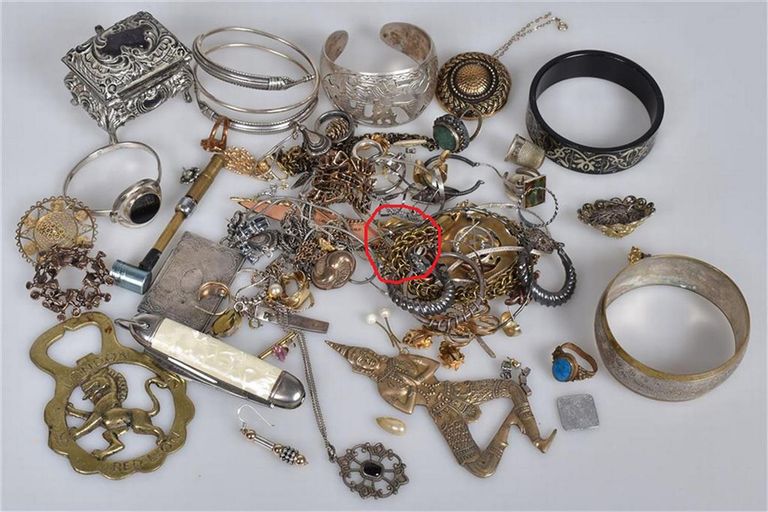
While examining the rings, Heskestad’s eyes fixated on a peculiar one. It’s shiny and, dare she say it, appears to be made of actual gold. However, she can’t help but feel skeptical. After all, she did purchase a bundle of bargain jewelry online.
Could she have stumbled upon a genuine golden ring? Curiosity gets the best of her, and she decides to investigate her suspicion. At the very least, the ring is unlike any other in her collection, so she figured it was worth taking a closer look.
Golden, Heavy, and Intriguing
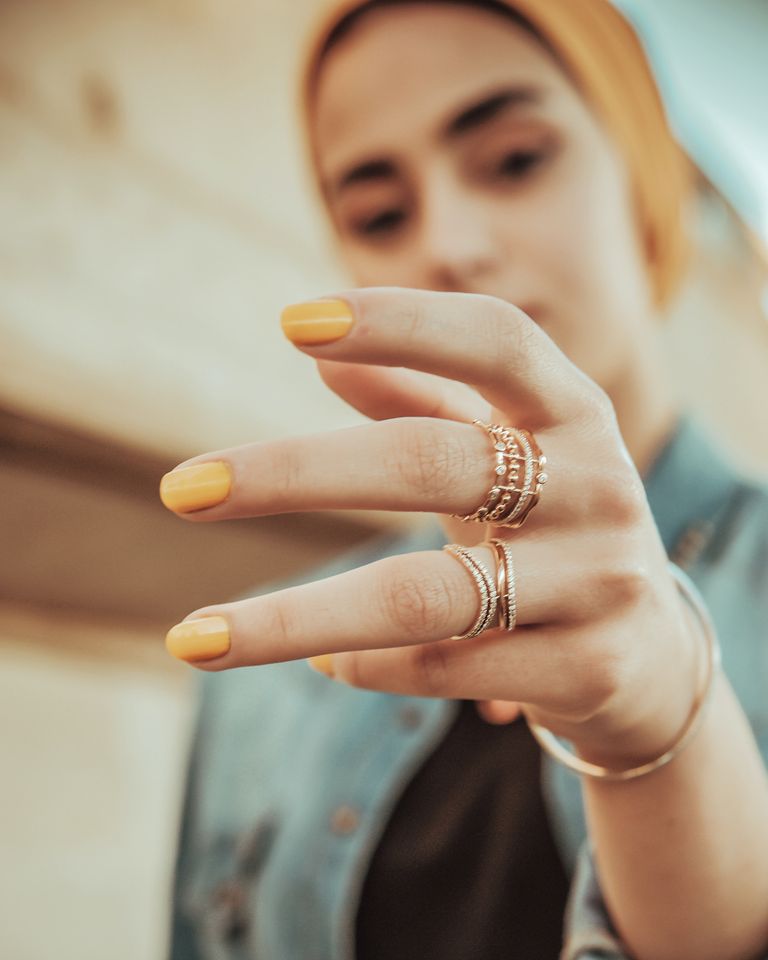
Heskestad shared her experience with a Norwegian newspaper, Bergensavisen, where she expressed her fascination with the ring. According to her, the ring was brilliantly golden and had a unique rough texture. She was drawn to its weight and the way it shone, making it stand out from the other pieces of jewelry.
Heskestad felt that the ring was special and decided to investigate it further. She was determined to unravel the mystery surrounding the intriguing piece of jewelry. Her curiosity had been piqued, and she knew she had to learn more about it.
An Expert’s Opinion
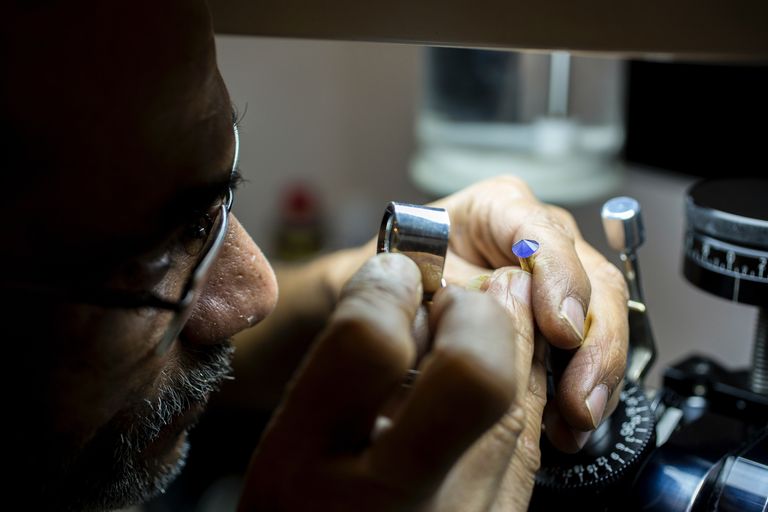
To uncover the truth about her mysterious ring, Heskestad turned to her father-in-law, who had some expertise in historical artifacts. However, what she learned from him left her stunned. According to him, the ring might be an authentic Viking artifact from Norway’s past.
Despite her initial shock, Heskestad wasn’t one to take things at face value. She needed to confirm the authenticity of the ring with the help of other experts. The idea of owning a genuine Viking artifact was exciting, but she didn’t want to get her hopes up.
Going the Extra Mile

To solve the mystery behind the ring, Heskestad decided that she needed to reach out to local archaeologists at the Vestland County Municipality. However, she didn’t just send them an email. Instead, she went the extra mile and drove to their offices in Bergen with the ring.
Lucky for Heskestad, Sigrun Wølstad, a senior adviser at Vestland County, was in the office when she arrived with the artifact. She handed the ring to Wølstad, who proceeded to take a closer look.
An Expert Weighs In

In an interview with Sciencenorway.no, Wølstad shared her admiration for Heskestad’s visit to Bergen. She was impressed with Heskestad’s response to finding something she believed had historical significance. According to Wølstad, Heskestad acted precisely as one should in such a situation.
Wølstad also revealed that this was the first instance she had come across where an item of historic importance was discovered on an online auction website. Heskestad’s remarkable find serves as a reminder that history can often be uncovered in unexpected places and that anyone can be a part of uncovering it.
The Ring’s Authenticity, Confirmed

Vestland County’s cultural heritage manager, Karoline Hareide Breivik, was also blown away by Heskestad’s discovery. She praised Heskestad’s decision to reach out to Breivik and the team, who then confirmed that the ring was indeed from the late Iron Age/Viking Age.
According to Breivik, finding such a ring is no small feat. Although similar rings have been discovered in Norway, this type is a rarity. It just proves that you never know what treasures could be hiding right under your nose!
Mysterious Origins
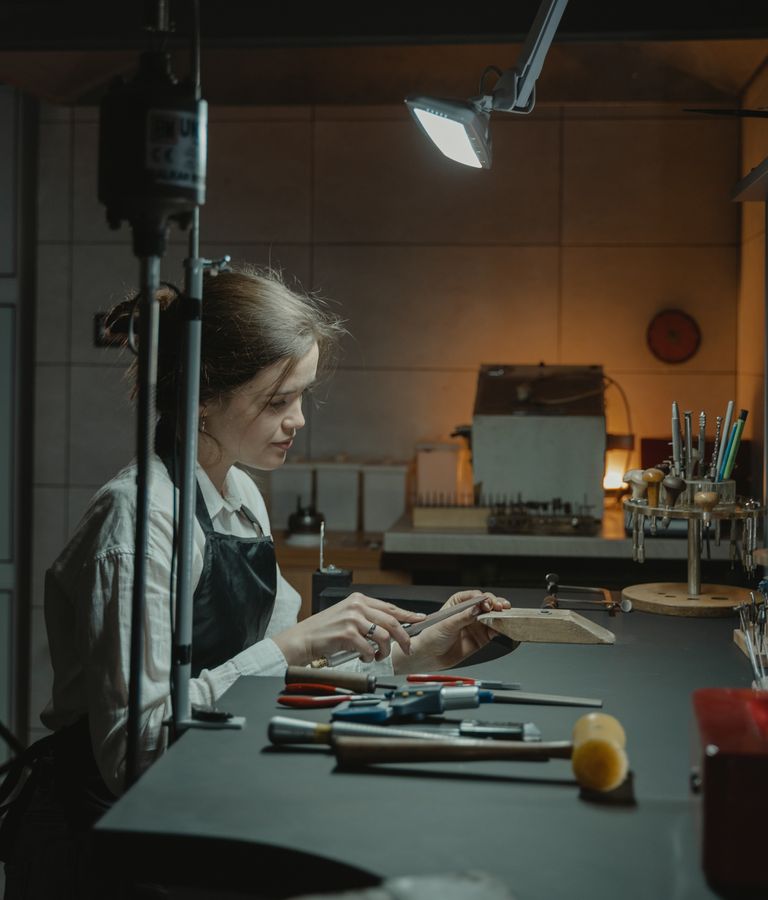
When Wølstad saw the ring for the first time, she knew right away that it was a big deal. She explained that the ring’s appearance on the website meant they couldn’t trace its origin, saying that “it could be from anywhere.”
However, when the archaeologists finally had the chance to study it up close, they quickly identified the object’s true nature. Despite its mysterious past, there was little doubt about what it was.
A Valuable Piece of History

As it turns out, Heskestad’s father-in-law was right when he said that the gold ring could be an ancient Viking relic. The team of experts estimated that it could be over a millennium old, if not older.
Heskestad was over the moon to have discovered such a valuable piece of history. However, it wasn’t even the ring that initially caught Heskestad’s attention when she purchased the collection online. But now, all she can focus on is the stunning Viking jewelry.
The Ring’s True Age
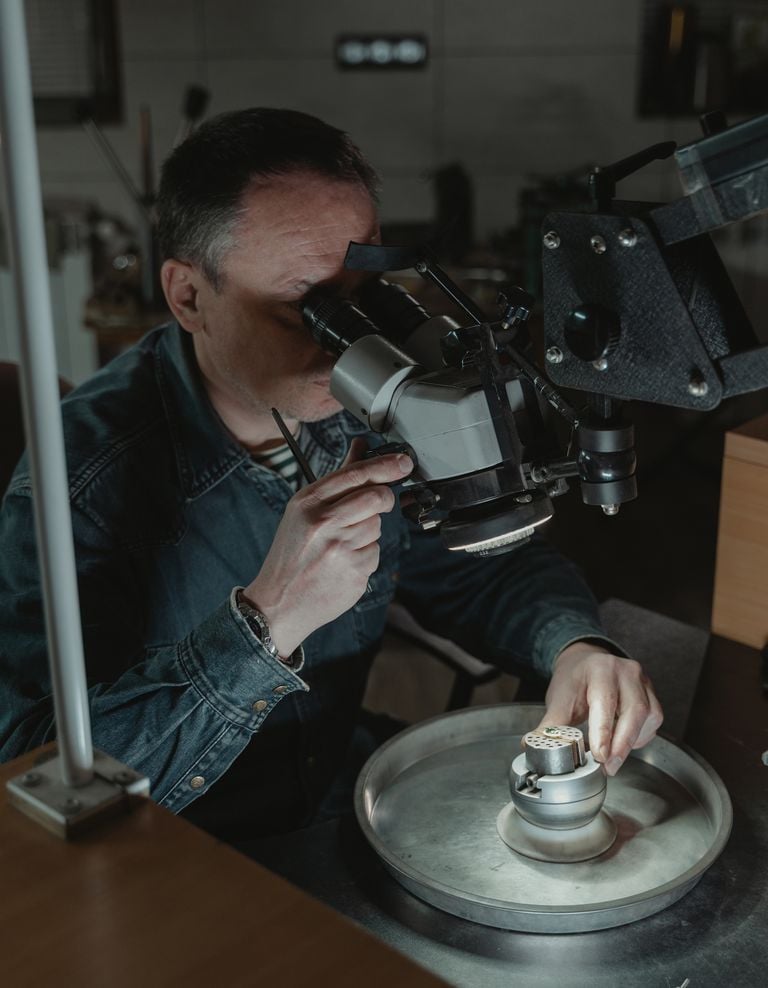
Not long after Heskestad arrived with the ring, the researchers wasted no time and immediately began examining the ring, eager to unravel its mystery. After a thorough investigation, they determined that the ring was made of genuine gold and was much older than initially thought.
It was believed to have originated from either the late Scandinavian Iron Age, around 550 A.D., or the Viking era, approximately 150 years later. Despite its age, the ring was remarkably well-preserved, with its intricate design and craftsmanship intact.
A Status Symbol

When Heskestad said that the ring was “heavy,” she wasn’t kidding. Despite its small size, the jewelry weighed more than one-third of an ounce. According to Wølstad, the ring was likely worn by a man. One of the museum staff even tried it on their thumb and it fit like a glove.
From the weight of the ring alone, one could surmise that it was an important item that conveyed status and power. And the fact that it was likely worn by a man only adds to its significance.
Tracing the Ring’s Origins
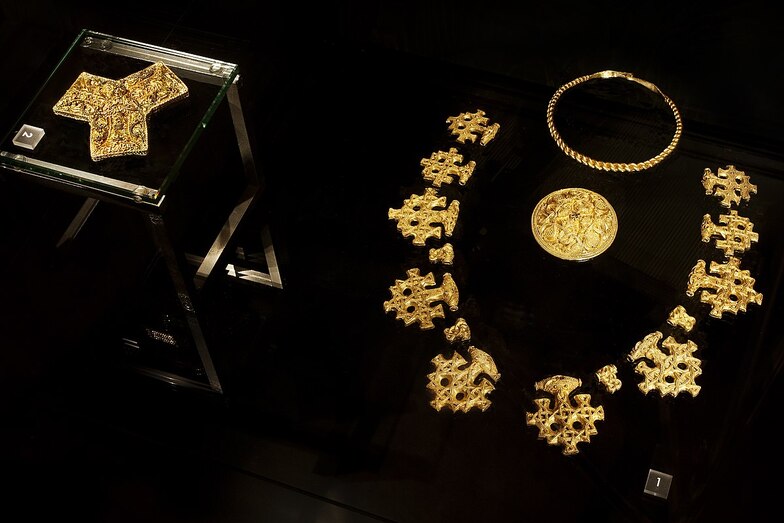
Viking bling is a rare and curious find, with its origins often remaining shrouded in mystery. As soon as the golden ring’s authenticity was confirmed, Wølstad’s team then proceeded to try and trace its history. One of the first things they did was to contact the man who had sold the ring to Heskestad.
The seller claimed to have purchased it from an antique shop in Norway. However, Wølstad and her team figured it could have also easily come from any Scandinavian country with a Viking heritage, like Denmark or Sweden.
One-of-a-Kind
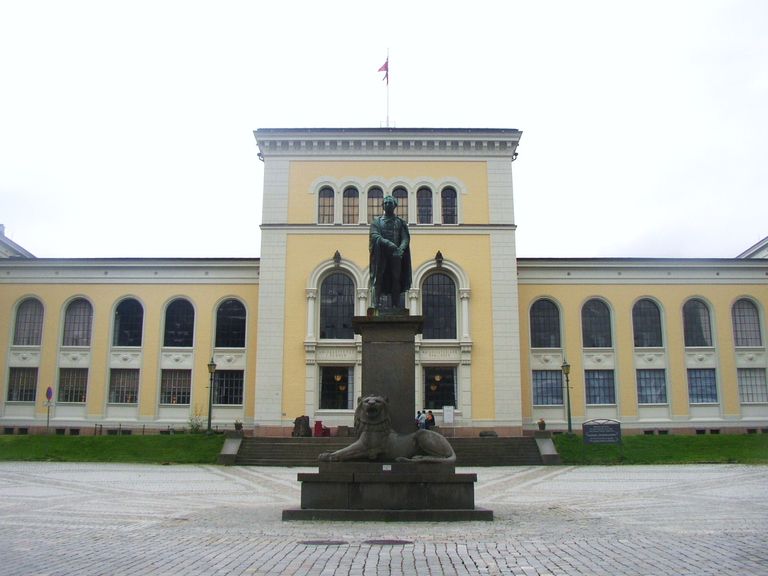
According to Melanie Wrigglesworth, who manages the collections at the University Museum of Bergen, the ring is now in their possession and is quite a rare find. She explained to Bergensavisen that after doing some research, they realized that there were not many rings like it in national databases. Wrigglesworth’s comments were backed up by Wølstad, who stressed the importance of this discovery, stating that it was one-of-a-kind.
In other words, the ring is a big deal! It’s not every day that you come across an item considered “unique” by experts. So, it’s safe to say that the University Museum of Bergen has a real gem on its hands.
Looking at Clues
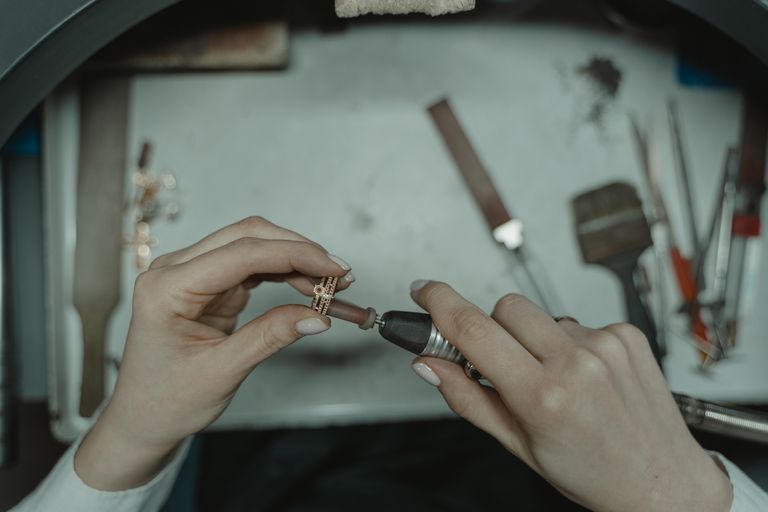
Wølstad revealed how they recognized the newly discovered artifact as being of Viking origin. By examining the design and style of the ring, they were able to spot distinctive features that are common in Viking jewelry.
Additionally, prehistoric gold has a distinct color that differs from modern gold, which also helped them identify its origin. They dated the ring by comparing it with similar rings that were also found later on.
Speculation on the Ring’s Origins
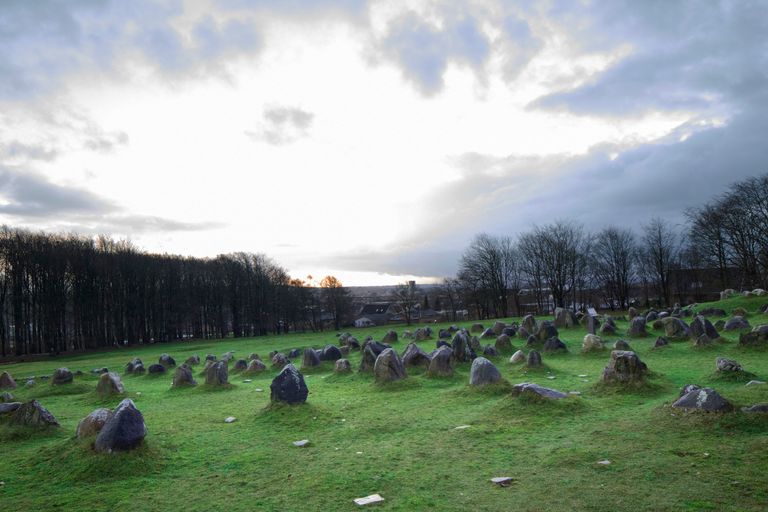
Wølstad’s speculation about the origin of a ring is not certain, but rather a fascinating mystery. She suggested that the ring may have come from a grave or it was hidden.
It’s a common type of ring found in many parts of Norway and Scandinavia, and there’s even a chance it could be from Sweden. Perhaps it belonged to a Viking warrior or a noblewoman from a bygone era. Although we may never know where the ring came from, it’s exciting to imagine the possibilities.
A “Really Exciting Find”

According to Unn Pedersen, an archaeology associate professor at the University of Oslo who specializes in studying metalwork, such as silver, copper, and gold, this is an incredible discovery.
Talking to the Sciencenorway.no website, she expressed her excitement about the discovery, calling it a “really exciting find.” Dr. Pedersen also added that it’s exceptionally uncommon to find a gold ring from the Scandinavian Viking Age, making this discovery even more noteworthy. As an expert in Viking history, Dr. Pedersen’s excitement about this discovery is understandable. It’s discoveries like these that continue to shed light on the Viking Age and the people who lived during that time.
A Glimpse Into Viking Culture

Dr. Pedersen shared that the ring has remarkable similarities to others made of silver and gold. She noted that its shape is identical to some of them, indicating a common design trend during the Viking era.
Additionally, the ring’s worn-out appearance suggests it had been well-loved and cherished by its owner. Based on its quality and intricate design, Dr. Pedersen speculated that the ring may have been owned by a prominent figure in Viking society, possibly a chieftain.
Gold Was in Short Supply

According to Dr. Pedersen, gold was a precious commodity and in short supply during the Viking age. As a result, only the wealthiest and most influential members of society could afford to own it.
Interestingly, artifacts like gold items played a significant role in establishing hierarchies among people. It was not uncommon for similar objects to be made with different metals for different social classes. It shows that the things we value today may not hold the same significance in the future, just as gold’s importance has changed over time.
More Than Just an Accessory

Dr. Pedersen revealed that there are examples of the same ring that were crafted in silver, which suggests that it was not just the design that mattered but also the material. Those with gold held a higher social status than those who only had silver.
For the Vikings, jewelry was more than just an accessory; it was a display of one’s rank in society. It’s fascinating to think that something as small as a ring could hold so much cultural significance for a civilization that existed so long ago.
The Importance of Contacting the Experts

Dr. Pedersen would later share the story behind the ring’s discovery and verification. According to her, this is a common occurrence in archaeology. It all begins with someone stumbling upon an object and realizing its potential significance. However, it is crucial to contact professionals who properly investigate the object’s origin and context – that’s where archaeologists come in to study the site where the artifact was found.
Dr. Pedersen emphasized the importance of reaching out to the right people to preserve the historical significance of such discoveries. She urged everyone to inform archaeologists and other experts so they could provide valuable insights and information about the object’s origin and purpose.
The Full Story
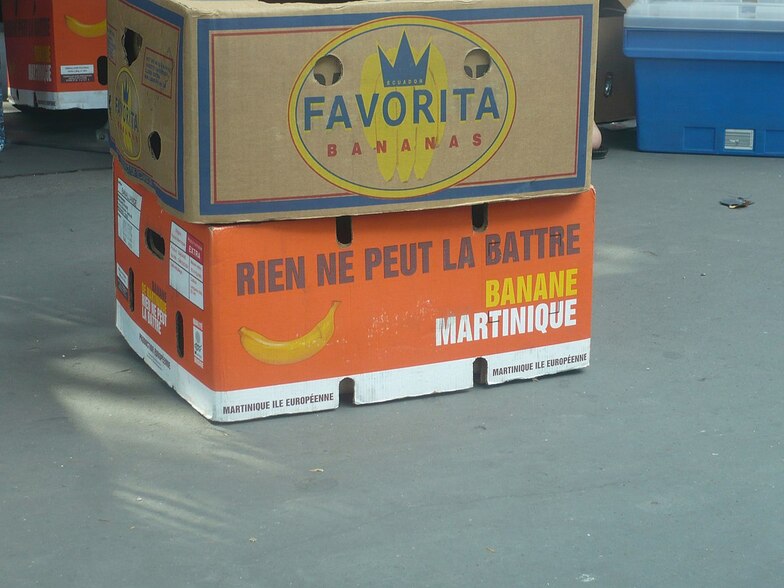
It’s a shame that the true story behind this mysterious ring may remain forever unknown. The way it came to the attention of academics after being sold in a banana box to Heskestad, means that we may never uncover its full history.
We can only trace its origins back to the summer of 2021 when the dealer who sold it to Heskestad acquired it in a bulk purchase. While it’s disappointing not to have the whole backstory, the ring’s enigmatic nature does lend an air of intrigue. Who knows what secrets it may hold?
A Symbol of Power
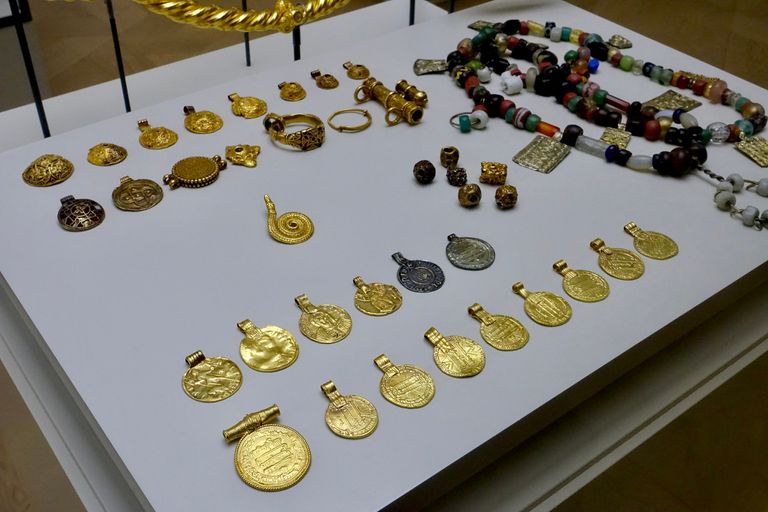
In an interview with the Ancient Origins website, Dr. Pedersen shared additional insights about the Viking Age ring. She explained that it was during this period that gold was highly prized and served as a symbol of power.
Those who possessed it could use it to assert dominance over others and establish their place in society. For example, she mentioned the Hoen hoard, which contained many gold items, including finger rings. Finger rings, according to Dr. Pedersen, were especially significant during the Viking Age. They were frequently used to convey status and were found in many of the period’s treasure hoards.
A Rare Discovery

According to Dr. Pedersen, it’s probable that the recently discovered gold ring from the Viking Age was owned by a member of the elite, possibly a chief from a smaller territory. Such a ring is incredibly uncommon, making this discovery all the more exciting.
Although the ring’s size suggests it was intended for a man, gold finger rings have also been found in female graves from the Viking Age. Whether it was worn by a man or woman, its discovery is a remarkable event that sheds light on the lives and customs of the ancient Scandinavian people.
The Role of Women in Viking Society
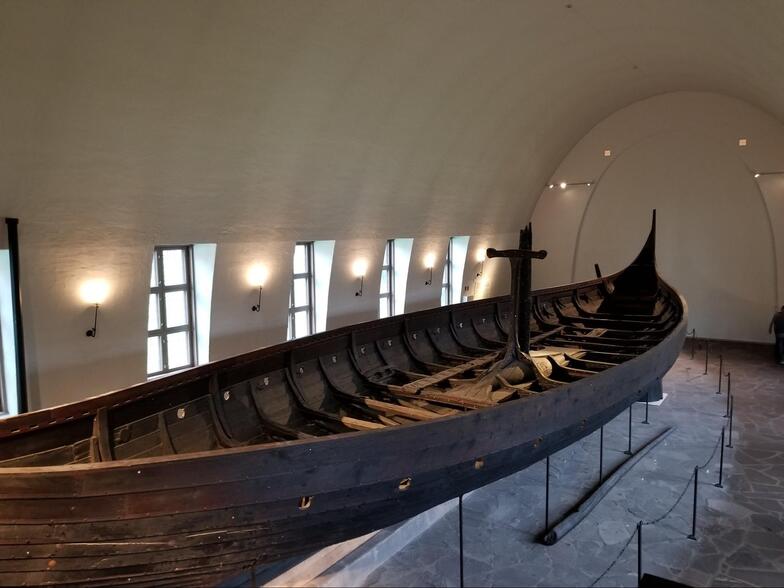
Dr. Pedersen’s expertise confirms that the conventional view that Viking society was male-dominated is not entirely accurate. She contends that women could hold high positions in Viking society, a marked departure from traditional beliefs. To support her argument, Dr. Pedersen cites the Oseberg ship burial.
Notice how the professor also didn’t just talk about the ring that Heskestad found. She also talked about two other significant archaeological discoveries: the Hoen hoard and the Oseberg ship. Both are worth exploring further, with the Hoen hoard being the first on the list.
The Hoen Hoard
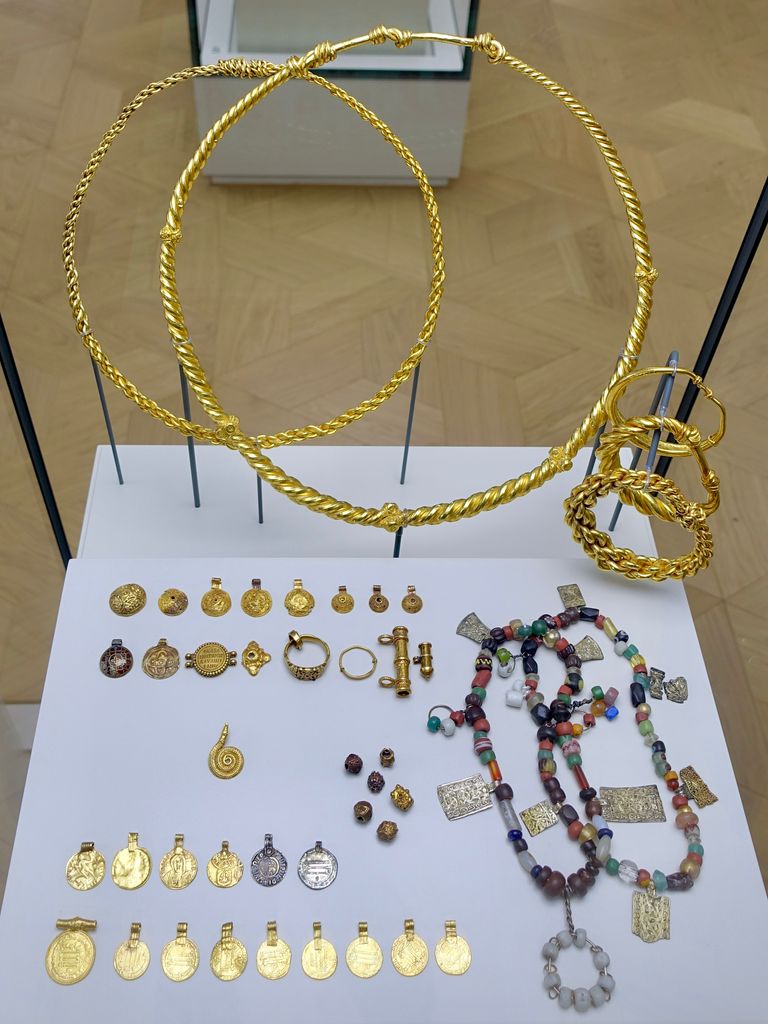
In 1834, an incredible discovery was made on a farm in Norway: the Hoen hoard. This treasure trove contained an impressive collection of gold and silver jewelry and coins, including neck, arm, and finger rings.
This hoard is still the largest of its kind to have ever been found in Norway, and experts estimate that it dates back to between 850 to 875 A.D. Today, visitors can view the Hoen hoard for themselves at Oslo’s Museum of Cultural History. So, if you’re ever in Norway and want to explore the country’s rich history, check out this impressive collection.
The Oseberg Ship
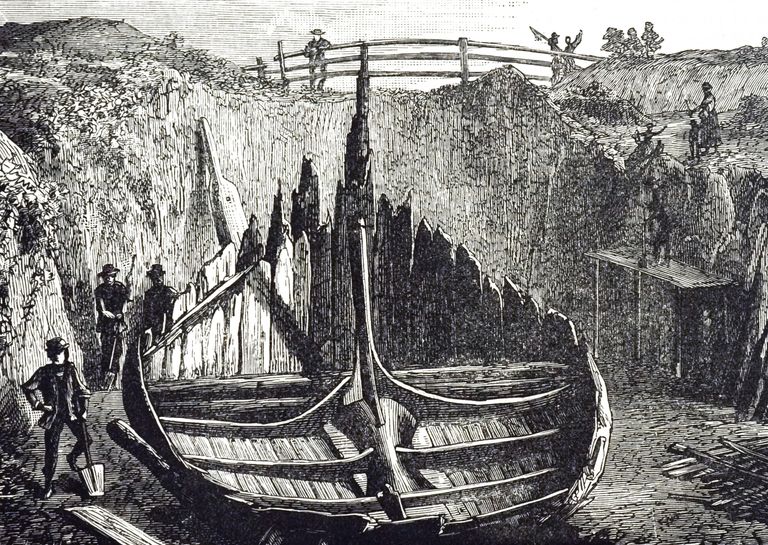
The Oseberg ship may not be as glamorous as the Hoen hoard, but it still reveals captivating insights into Viking culture. In 1903, a farmer named Oskar Rom bought some additional land from his neighbor, which included an intriguing mound.
Curiosity got the better of him, and he decided to investigate the area. He found something beyond his wildest dreams. He knew it was a significant find.
No Ordinary Mound
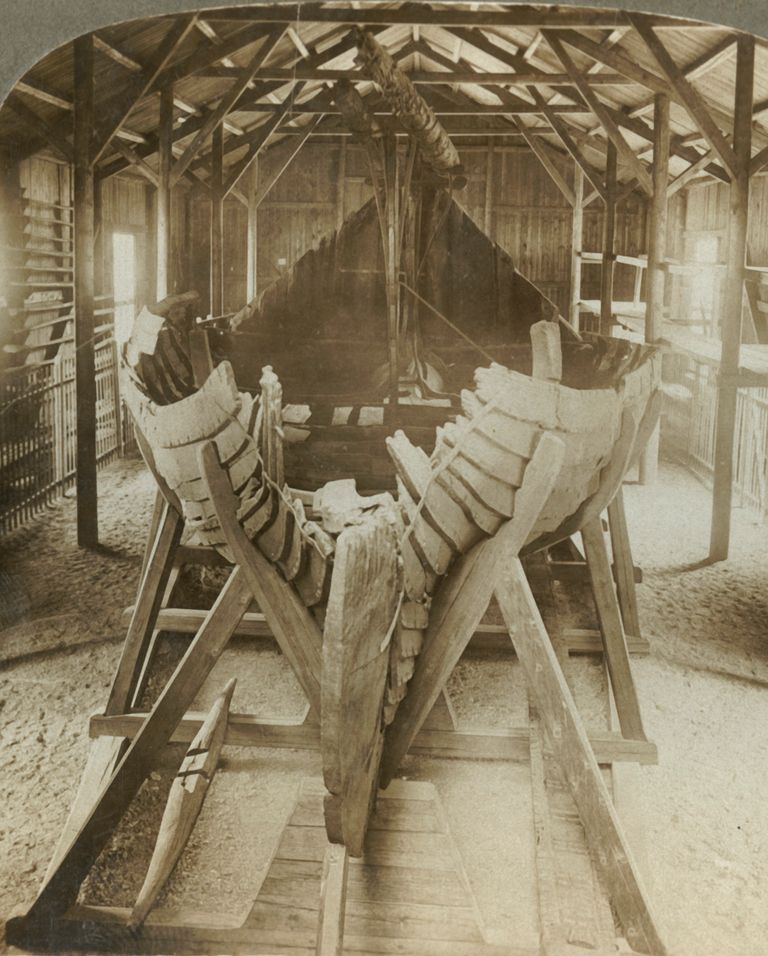
This mound was not just any ordinary mound but a burial ground built over a Viking ship. These ships were reserved for the highest-ranking members of Viking society, such as tribal chiefs.
Rom was astounded by the discovery. Realizing that the ship’s excavation could potentially uncover valuable artifacts and information about the Viking way of life, he immediately sought the assistance of an archaeologist from the University Museum of National Antiquities in Oslo.
A Shocking Revelation

The almost perfectly preserved Viking Ship was discovered during excavation and measured nearly 18 feet in length. It took experts 20 years to restore the longboat, exposing detailed wood carvings that were breathtaking.
However, the real shocker was that both people buried with the ship were women, offering clear evidence that women in Viking times could hold high-ranking positions, even chieftains. This discovery added a new perspective to the history of female roles in society. It also piqued the interest of many researchers and history enthusiasts.
More Treasures Waiting To Be Found
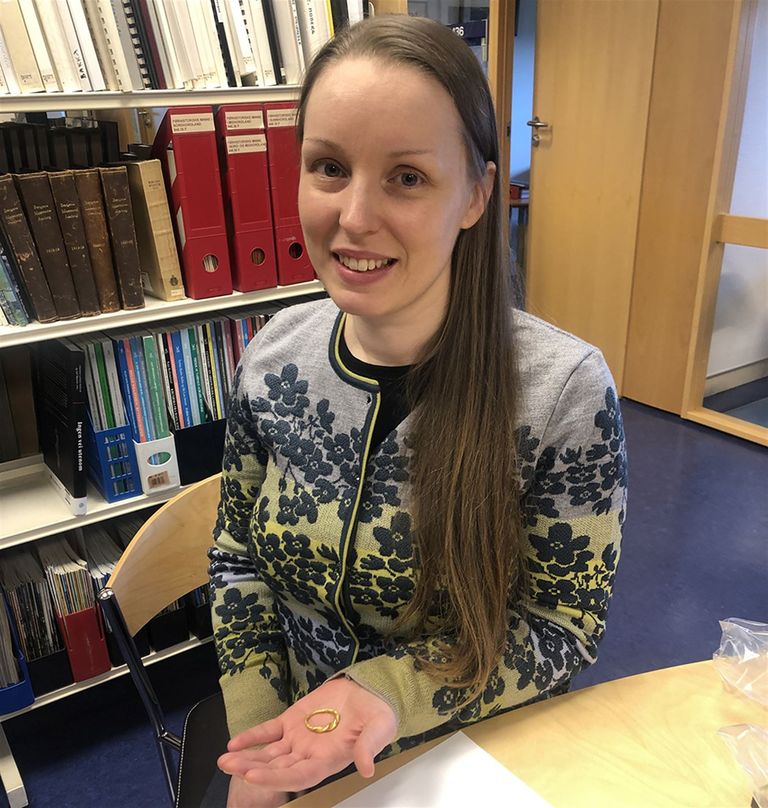
It’s possible that Heskestad, like most Norwegians, has Viking ancestry. With this in mind, it’s only fitting that she uncovered a genuine Viking artifact amidst a pile of knick-knacks and costume jewelry. Thanks to her, we have a beautiful new item that adds to our understanding of Viking culture.
Heskestad’s discovery of the artifact reminds us of the enduring power of Viking history and culture. As we continue to learn more about this fascinating period of history, it’s exciting to think about what other treasures may still be waiting to be found.
